Oct 28, 2025 10:47 AM
In Memoriam: Jack DeJohnette, 1942–2025
Jack DeJohnette, a bold and resourceful drummer and NEA Jazz Master who forged a unique vocabulary on the kit over his…
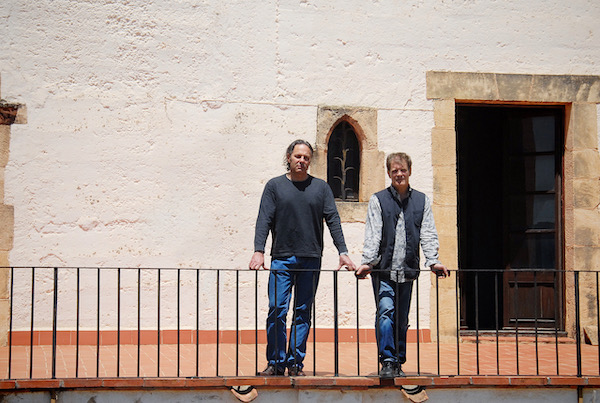
Mark Wingfield (left) and Gary Husband
(Photo: Borislav Kresojevic)Leonardo Pavkovic, the head of MoonJune Records, is not bashful in his praise of guitarist Mark Wingfield.
“He might be one of the greatest living guitarists,” Pavkovic said, “a 59-year-old man who gets better with age like a top-quality red wine. He will never be famous, though, for he is a humble, soft-spoken, American-born Englishman with zero ego.”
Pavkovic is biased, of course, for Wingfield’s new duo album with pianist Gary Husband, Tor & Vale, is the guitarist’s fifth for the MoonJune imprint. But Wingfield has created a remarkably distinctive sound on the six strings, and he has done it not with speed or flash, but rather with an unusual control over the guitar’s tonal nuances. On his compositions for the new duo album—like “Night Song”—he doesn’t play a sequence of notes so much as create a sustaining tone that shapeshifts into different pitches and textures, as if one note were melting or boiling into another.
“When I listened to horns and singers,” Wingfield said over Skype from his home studio in rural England, “I realized they had a broader tonal spectrum than the guitar. With the guitar, you have the attack and then the note goes away. With a singer or a saxophonist, often the most interesting part is what happens during the note. So, I’ve added a device to my instrument that allows notes on my guitar to sustain indefinitely. It’s an electromagnetic device, not an electric device, so it has a more natural feel to it. That allowed me to find a bunch of different ways of moving from one note to the next.”
The sweeping gestures that such sustaining phrases allow often spurs critics to talk about “soundscapes.” Wingfield doesn’t shy away from the terminology. When he’s composing, he said, he usually starts with an intense feeling within himself and then projects it outward onto a person or group of people, so he can get some perspective on the emotion and translate it into music.
“When I’m imagining these people and feelings,” he continued, “they always happen in a place, and that’s a landscape, even if it’s an urban landscape. If I have a feeling of a soundscape, the musical textures can help bring that out. Maybe that’s why I like sustaining textures, because they evoke a landscape.”
When Pavkovic suggested Wingfield record a duo album with Husband, the guitarist readily agreed. Husband had played drums and keyboards for two of Wingfield’s favorite guitarists, John McLaughlin and Allan Holdsworth. Though Husband was best known for his work behind the kit and electronic keyboard playing, Wingfield was especially fond of his piano playing, which eschewed the usual jazz comping and chord substitutions for atmospheric parts that fit Wingfield’s approach. The guitarist wrote five new compositions with that sound in mind and also opened the door for three unpremeditated improvisations, including the 16-minute title track.
“The improvised pieces reminded me of driving through the countryside in Scotland or Wales,” Wingfield said, “where things go up and down very dramatically. You have these vales—or valleys—and these tors—or manmade hills with steep slopes with a church or stone circle on top.”
Pavkovic is not a vinyl fanatic himself, but he is releasing Tor & Vale as an LP, CD and download. “I did the vinyl, because there’s a niche market for it,” he said, “and it looks great when you’re holding something 12-by-12 inches big in your hands. With the proper equipment, however, a 24-bit download is still the best audio format if the album has been properly recorded, mastered and mixed. Vinyl is more like a nostalgic fetish object, and for people who enjoy that, I’m glad to make them happy. Tor & Vale was specially mastered for vinyl from the original 24-bit HD files.” DB
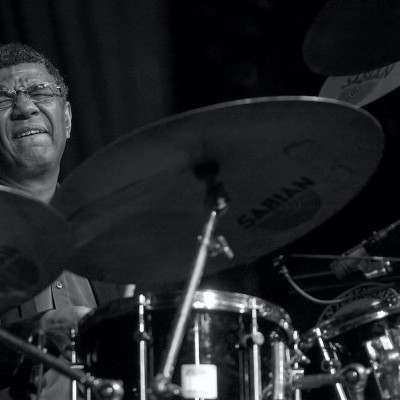
Jack DeJohnette boasted a musical resume that was as long as it was fearsome.
Oct 28, 2025 10:47 AM
Jack DeJohnette, a bold and resourceful drummer and NEA Jazz Master who forged a unique vocabulary on the kit over his…
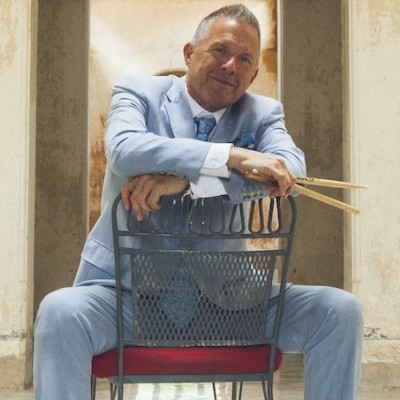
Always a sharp dresser, Farnsworth wears a pocket square given to him by trumpeter Art Farmer. “You need to look good if you want to hang around me,” Farmer told him.
Sep 23, 2025 11:12 AM
When he was 12 years old, the hard-swinging veteran drummer Joe Farnsworth had a fateful encounter with his idol Max…
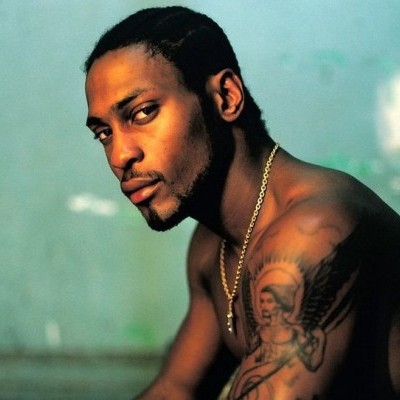
D’Angelo achieved commercial and critical success experimenting with a fusion of jazz, funk, soul, R&B and hip-hop.
Oct 14, 2025 1:47 PM
D’Angelo, a Grammy-winning R&B and neo-soul singer, guitarist and pianist who exerted a profound influence on 21st…
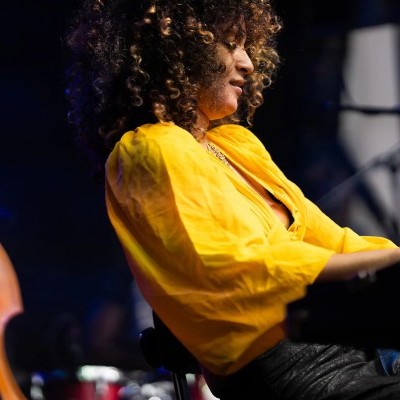
Kandace Springs channeled Shirley Horn’s deliberate phrasing and sublime self-accompaniment during her set at this year’s Pittsburgh International Jazz Festival.
Sep 30, 2025 12:28 PM
Janis Burley, the Pittsburgh International Jazz Festival’s founder and artistic director, did not, as might be…
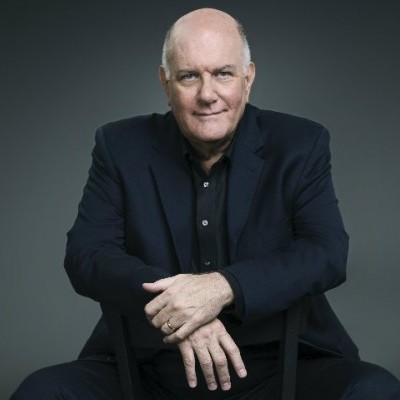
Jim McNeely’s singular body of work had a profound and lasting influence on many of today’s top jazz composers in the U.S. and in Europe.
Oct 7, 2025 3:40 PM
Pianist Jim McNeely, one of the most distinguished large ensemble jazz composers of his generation, died Sept. 26 at…